Science and Technology

Stanford chemists develop an ultra-sensitive test for cancers, HIV
Catching a disease in its earliest stages can lead to more effective therapies. Stanford chemists have increased the likelihood of detecting these diseases via a test that is thousands of times more sensitive than current diagnostics.

Stanford scientists make renewable plastic from carbon dioxide and plants
The new technology could provide a green alternative to petroleum-based plastic bottles and other polyester products.
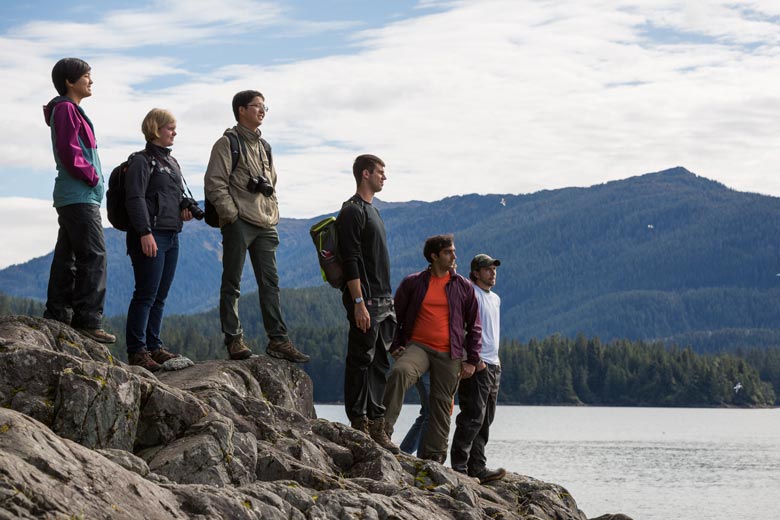
Sophomore College Alaska immerses Stanford students in the Last Frontier
Two weeks in the wilderness introduce select group to the ecology and economics of the 49th state.

Bunyan Lecture at Stanford: 'The Universes Beyond the Horizon'
Infinite 'bubble universes,' filled with alternate versions of ourselves or nothing at all, might exist right alongside our own, according to physicist Alexander Vilenkin of Tufts University, who will discuss this theory during Stanford's annual Bunyan Lecture on March 9.

Stanford scientists report new insights into HIV's evolution that can improve pharmaceutical testing techniques
Using two decades of HIV data, Stanford scientists found that effective treatment caused the virus to evolve differently than less effective treatments. They hope this insight will improve testing of new drugs.
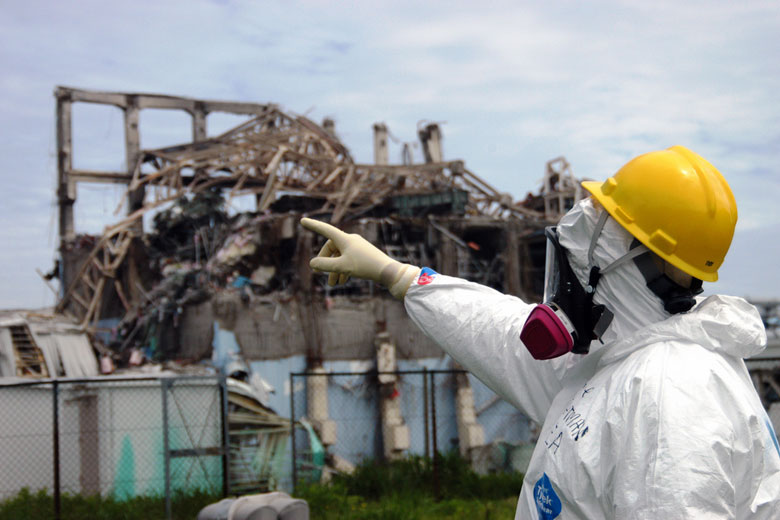
Fukushima five years later: Stanford nuclear expert offers three lessons from the disaster
Rethink our language, reassess natural disaster risks and appreciate the links between nuclear energy and renewables.

Stanford professor explains the secret sauce for successful startups in China
Research by Charles Eesley shows that funding is only one part of the complex entrepreneurial ecosystem, and that an innovative product isn't necessarily enough for success.
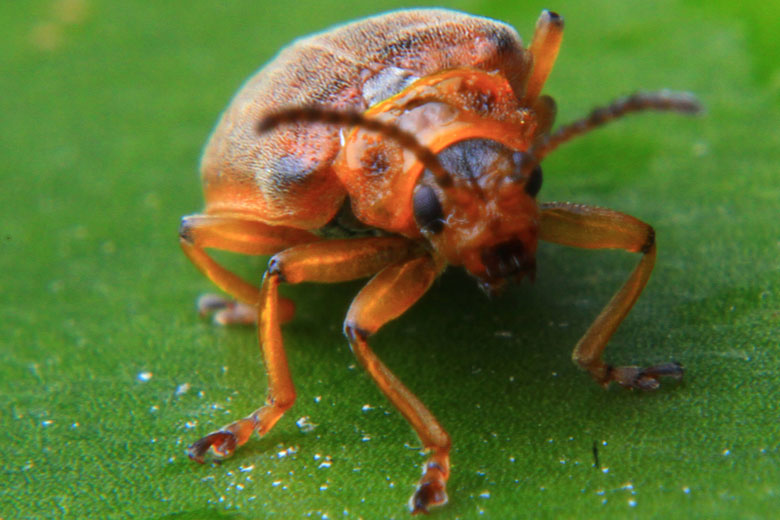
Curiosity leads Stanford bioengineers to discover the inner workings of a novel mode of insect flight
A chance observation of a water lily beetle flitting from pad to pad inspired researchers to investigate how it overcomes the physical challenges of flying over water.
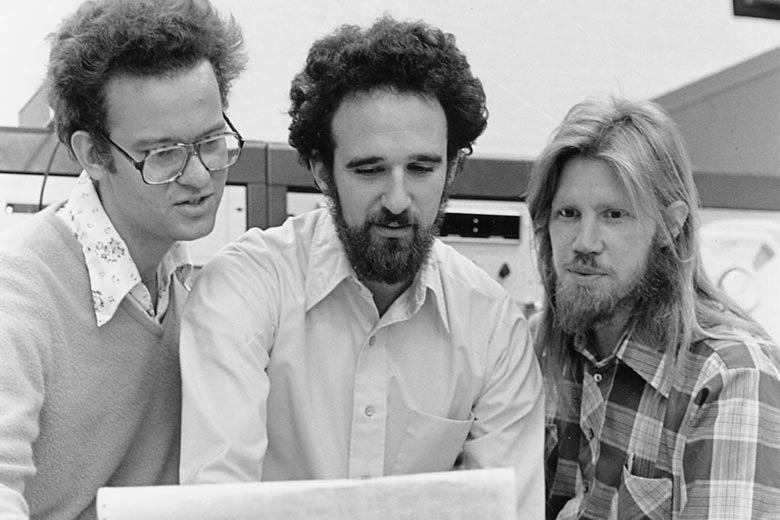
Stanford cryptography pioneers Whitfield Diffie and Martin Hellman win ACM 2015 A.M. Turing Award
The groundbreaking algorithm from Whitfield Diffie and Martin Hellman enabled a secure Internet and sparked a clash with the NSA that foreshadowed current privacy battles between government agencies and Silicon Valley companies.
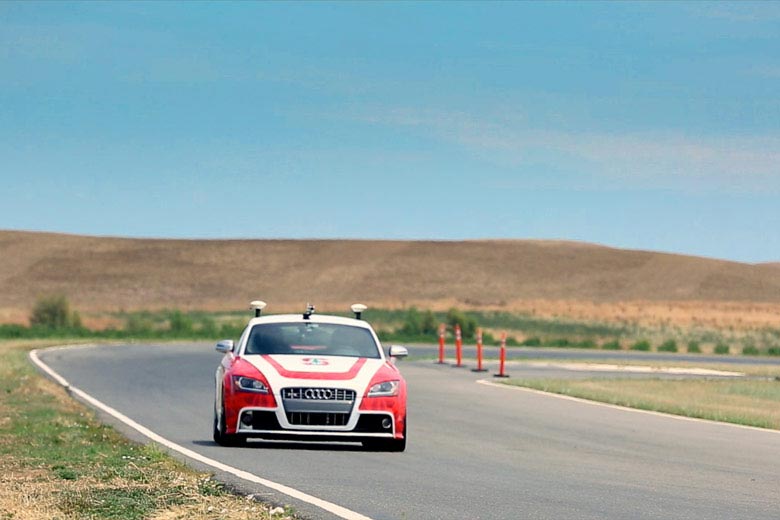
Stanford engineers test autonomous car algorithms in quest for safer driving

Stanford researchers find effective recipe for slowing deforestation: Companies and environmentalists working together
Collaborative efforts to reduce deforestation were more than twice as effective as "confrontational" programs developed by either industry or nongovernmental organizations, according to a first-of-its kind study.
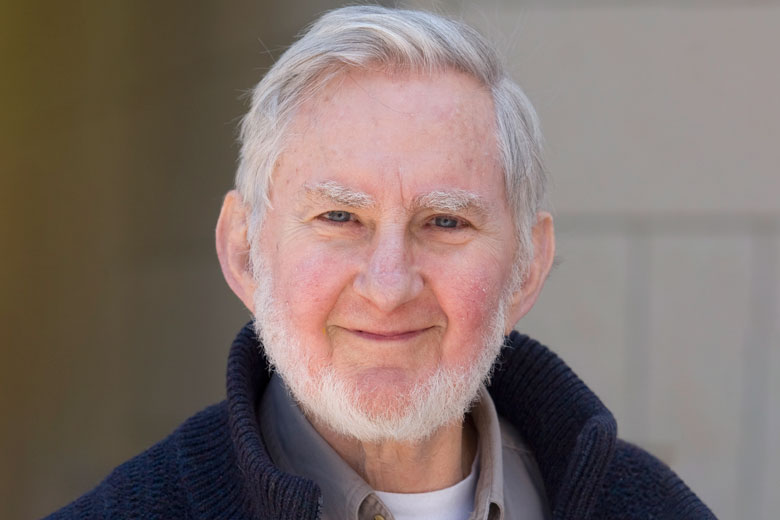
Pioneering Stanford computer researcher and educator Edward McCluskey dies
The professor emeritus who paved the way for everything from complex chips to crash-proof computers, and who trained 75 PhDs, also loved quirky hats and nature.
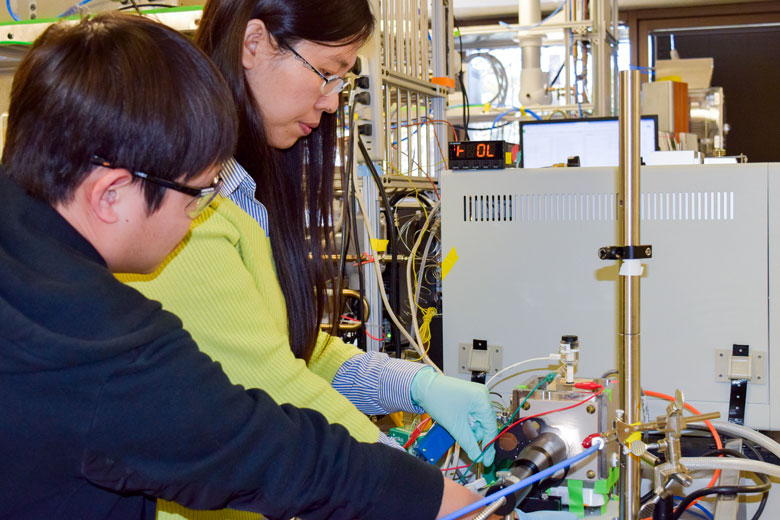
Stanford engineers use rust to build a solar-powered battery
Heating simple metal oxides, like rust, could become the foundation for a solar technology that would make and store electricity by separating the hydrogen and oxygen atoms that make up water.

'Squishiness' can indicate embryo viability, Stanford researchers find
A team of bioengineers and physicians has found that the squishiness of an hour-old fertilized egg can predict its viability, a metric that could lead to safer, more successful IVF pregnancies.

Stanford researchers use dark of night and machine learning to shed light on global poverty
An interdisciplinary team of Stanford scientists is identifying global poverty zones by comparing daytime and nighttime satellite images in a novel way.
